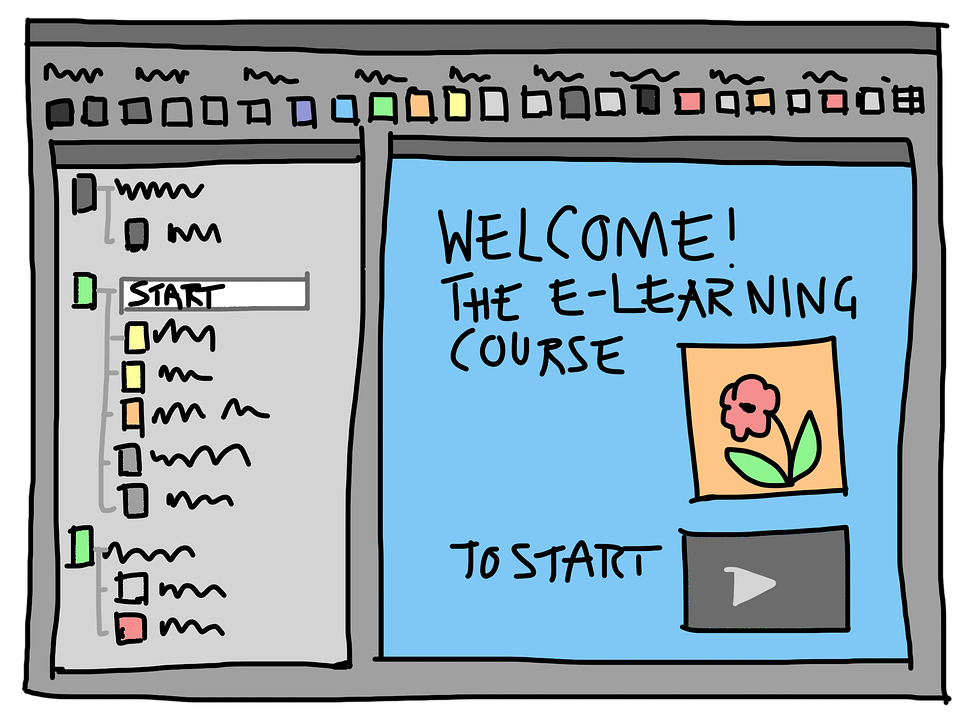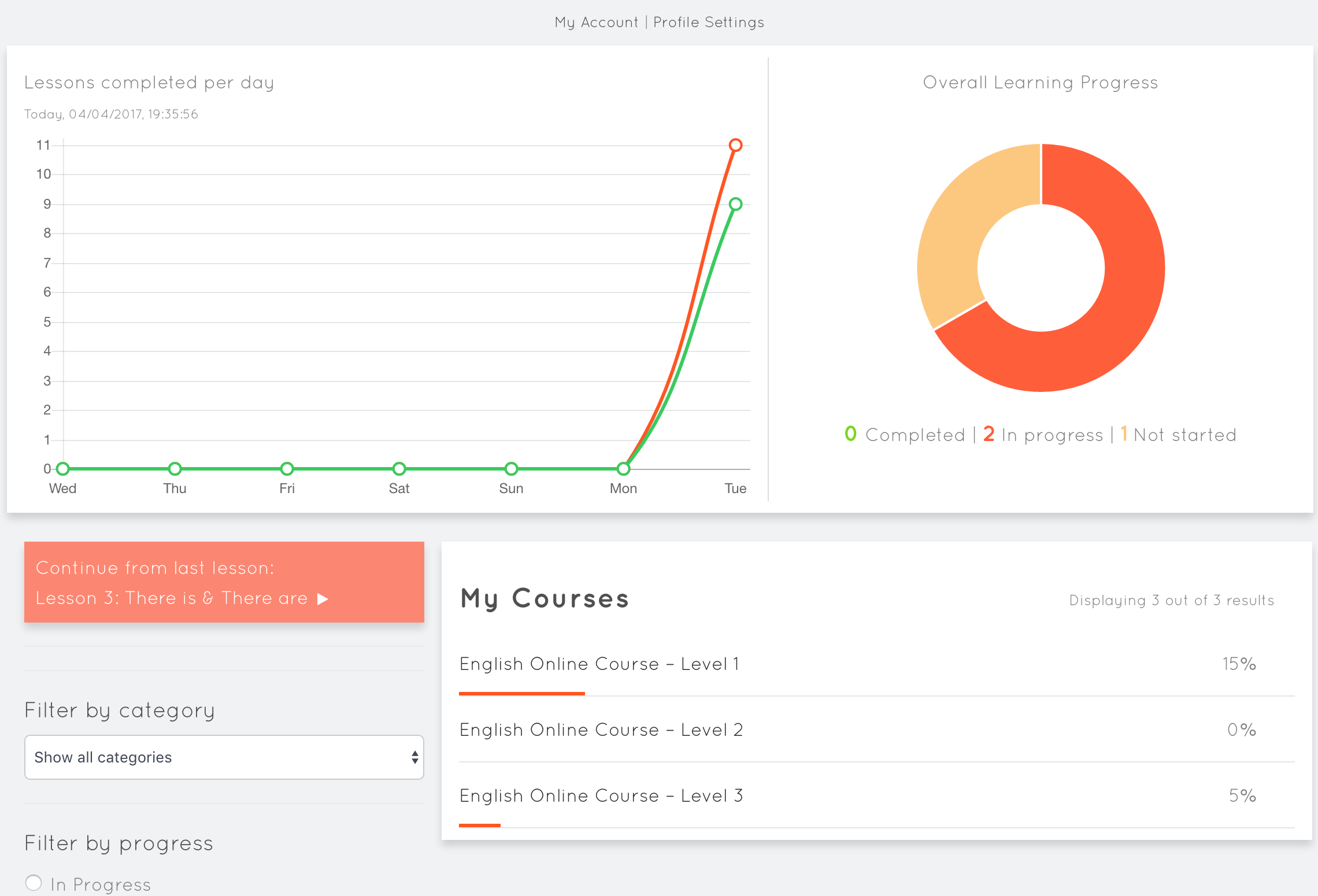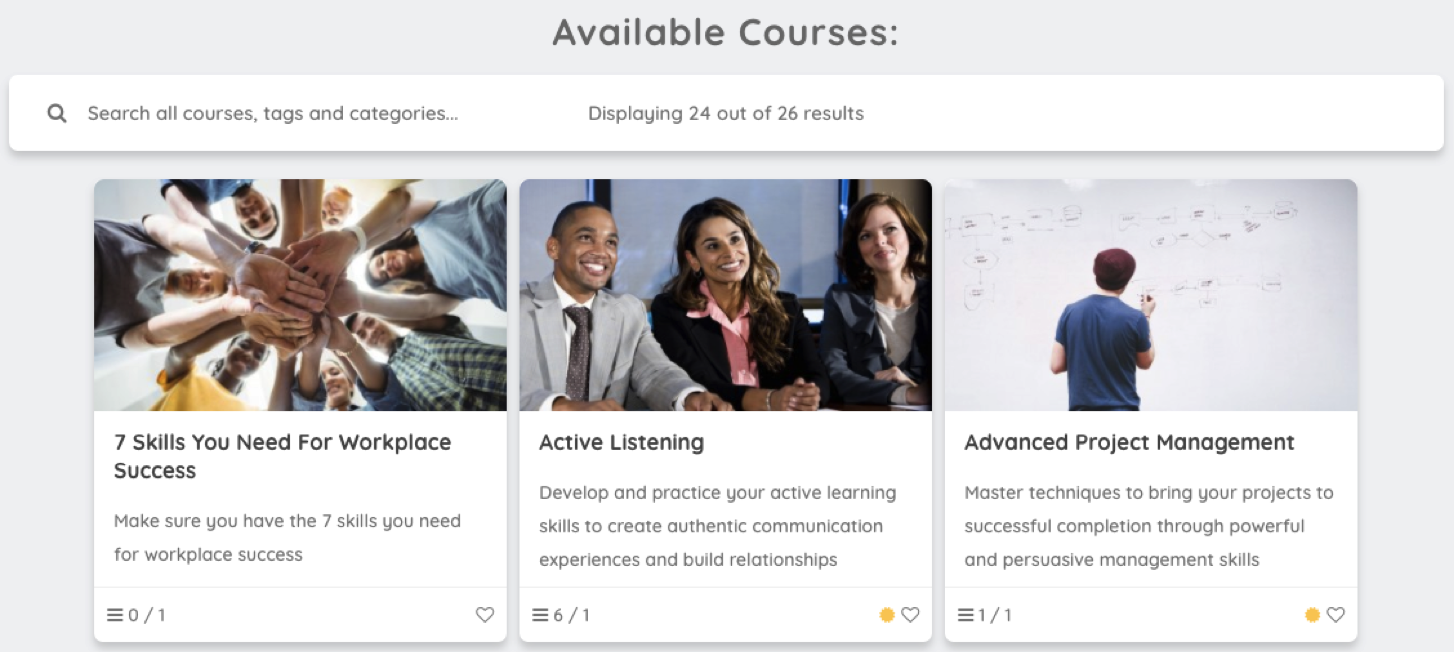A learning management system (LMS), is a learning software application designed to deliver, track and certify online courses and training. E-learning differs from traditional learning methods by using online training with real-time tracking of results, allowing for maximum time optimization and reduced costs.
An LMS delivers and manages instructional content, and typically handles student registration, course administration, and tracking, and reporting of student work and is used extensively by colleges, universities and corporate training departments in multi-location companies.
For SMEs or bootstrapped startups, a final solution (including pre-populated courses and content), can be a really affordable and often only viable training option.
Here’s our quick guide to the whats and wherefores of the LMS, and why it can be so effective.
Extended Enterprise learning is a training system targeted at your non-employees such as external distribution partners, sales representatives, franchises, service technicians, and customers to impact measurable behavior change by giving customers and external employees a training program specifically for your products and services.
The Extended Enterprise LMS has the ability to reach multiple audiences through the same platform, and give them specialized training experience based on their use of the product, and it is an extra training course for people who are not your direct employees, but need to be certified to work with your company product.
Why use an LMS to train the extended enterprise and how could it benefit your business?

1. Making more money while remaining cost effective
There is considerable evidence that training an extended enterprise audience allows for learning within and without the organization, while also creating a support and network system for the entire firm. In a study regarding Extended Enterprise systems by the Aberdeen Group, organizations extending learning to both customers and partners saw nearly double the increase in year-over-year revenue per Full Time Equivalent. The cost to build and support a growing and global network of partners and customers is greatly reduced through extended enterprise training and performance support.
2. Ability to track training for all audiences

Internal training impact may be more difficult to measure compared to measuring the business impact of extended enterprise learning, which is easier. An extended enterprise learning management system will allow you to report on the training completions of your extended audience groups, and keep track of trained vs. untrained individuals in any metric you need tracked.
3. Training service technicians, sales reps, and customers, outside of corporate employees
Each different audience for the product – service providers, customers, employees, and sales partners – requires different types of learning and training, making extended enterprise LMS an effective solution to cross-company and global customer training. With proper training for service technicians and external vendors, your products and services can be handled in the correct way and the external market can be more educated on how to solve any problems. Training customers gives them a better chance of using the product successfully and as intended, while also increasing customer satisfaction.
4. Mobile LMS platforms engages internal and external employees
The Aberdeen Research study on mobile learning found companies that have leveraged mobile technology to support their learning strategy are 58% more likely to achieve best in class results. External users, who may have to squeeze your training in their free time will find themselves more willing to participate if they can access the LMS on their mobile devices.

What features of the LMS makes it so important in today’s market as opposed to traditional learning methods?
1. Intuitive User Experience and User Interface
The user experience using a modern and intuitive user interface is what makes or breaks the systems; in fact research by Brandon Hall Group found that 88% of organizations looking to switch their LMS were determined to do so to improve user experience.

2. Out-of-the-box Integrations
Integrations such as ecommerce for selling training, as well as integrations with your CRM, HRIS system, Google Analytics, etc. will derive more value from your online corporate training by eliminating manual administrative work, enable easy and effective scalability, and ultimately provide better insights from data shared between systems.
3. Social learning and gamification
As indicated by the 70:20:10 learning framework, most learning occurs through informal and social sources, with learners asking questions and being provided answers, and sharing user-generated content. Social learning with learning technology also has the added advantage of measuring the impact of learning on organizational performance. Adding gamification to the equation highly surges learning effectiveness and engagement, with an approximated 14% increase in skill-based learning and 9% increase in retention rate, as indicated in a study at the University of Colorado.

Overall, LMSs have shown to be extremely valuable and essential online corporate training software to enable your extended enterprise. In addition to the obvious cost-effectiveness, accessibility and room for improvement, LMS for the extended enterprise also allows the organization to dig deeper into training data and gather learning insights – features that will vastly improve the effectiveness of your online corporate training programs.
For SMEs or bootstrapped startups, a final solution (including pre-populated courses and content), can be a really affordable and often only viable training option.
Register for free to see how an LMS is in action
Andrie Steliou
Latest posts by Andrie Steliou (see all)
- 8 Ways to Help Keep Your Child Focused and Engaged in Online Learning - October 19, 2022
- How to Improve Social Intelligence Skills? - May 10, 2022
- How to Improve Organizational Skills at Workplace? - May 6, 2022






